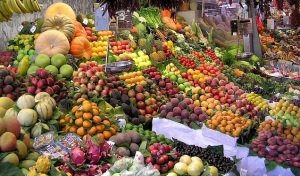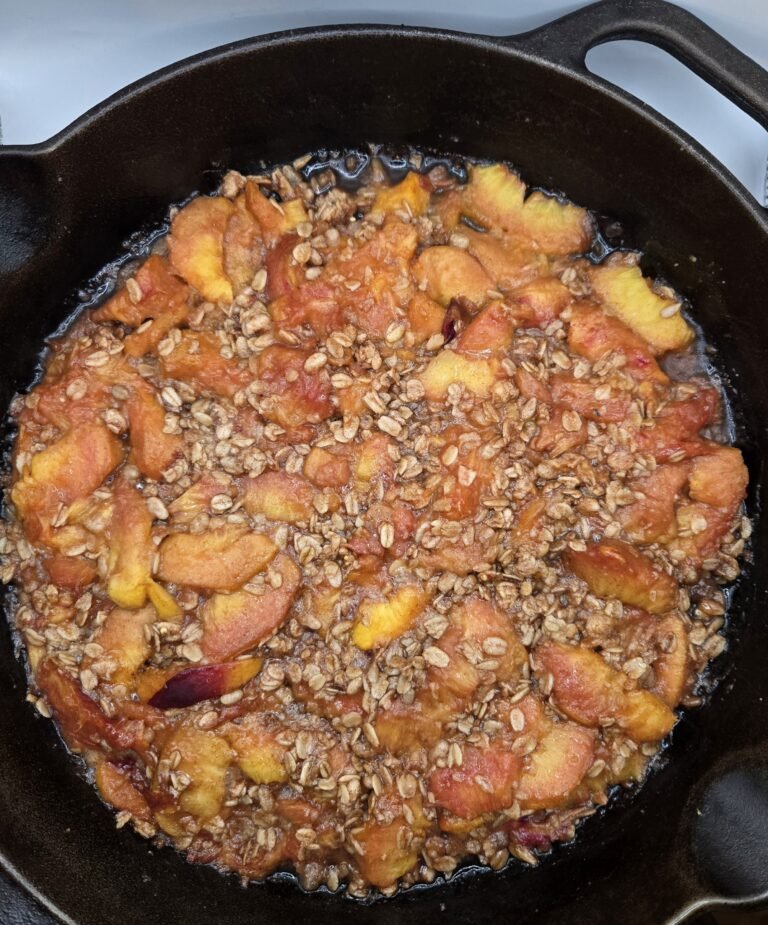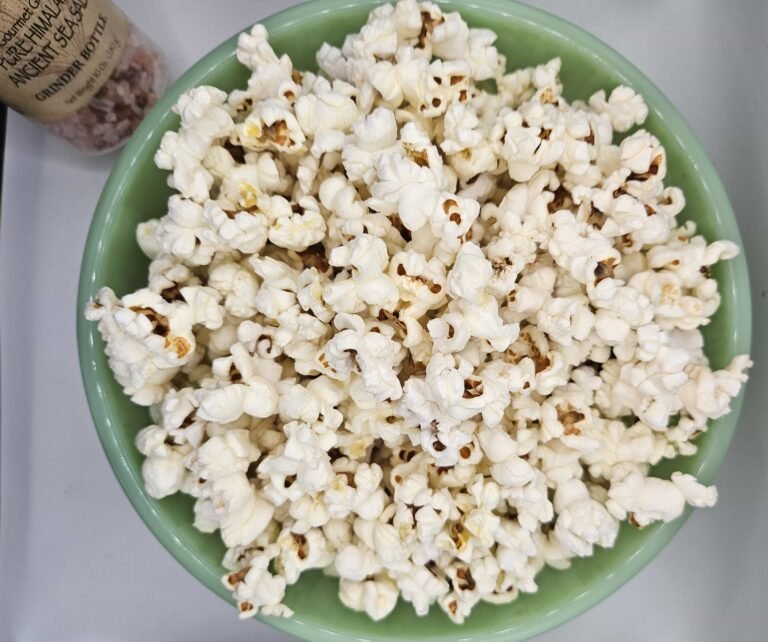One of the downsides of industrial agriculture is the elimination of variety of species. The supermarkets sometimes carry only one type of produce item (like carrots), and at most 3-4 apples. Biodiversity is lost when produce is developed to survive storage and shipment and look perfect instead of tasting, smelling, and being truly authentic. In the United States an estimated 90 percent of our historic fruit and vegetable varieties have disappeared. Of the 7,000 apple varieties that were grown in the 1800s, fewer than a hundred remain. Experts estimate that, although it took 10,000 to create them, we have lost more than half of the world’s food varieties over the past century. As for the 8,000 known livestock breeds, 1,600 are endangered or already extinct.[1] Most of the lost varieties were developed to thrive in a specific environment or to resist certain parasites. The most famous consequence of relying on a homogenous food supply is the Irish potato famine.
People cannot subsist nutritionally and economically on only one or two crops, which is the norm in parts of the United States and other industrial farming regions of the world.[2] Studies (for example one in Minnesota) show that biodiversity enhances the ecosystem, costs less to maintain, and makes more efficient use of land, nutrients, and energy, than chemical-intensive monocultures.[3] Crop diversity is vital in the human diet and ensures the existence of local farmers and small food-related businesses in addition to the benefits to the earth and atmosphere.
Farmers who want to diversify struggle because the government supports commodity production like field corn and oil seed. Even if commodity farms lose money by the millions they’re compensated by federal subsidies. Meanwhile heirloom farmers lack necessary equipment, supplies, technical expertise, cold storage warehouses, and slaughter and processing facilities. Regional food distribution chains that once accommodated a diversity of crops have been entirely eliminated in many traditional farming areas.[4] Our local grocery stores carry fruits and vegetables delivered year-round by low-cost corporations sourced from other parts of the country and world.
Anyone can order heirloom seeds online and then collect and replant them to sustain their favorite varieties of produce in their gardens. National community-supported groups can reinstitute and retain their areas’ varieties and breeds. I’ve reported on some of the farms in my area that have a large varieties of produce, and one of those (Rock Hill) I promised to share pictures from the inside of the market and finally remembered. I’m not a big fan of eating apples so I really appreciate having access to a wide variety so I can find ones that I like. Some of the apples at this market are Stayman, Cameo, Winesap, Sun Crisp, Nittany, and Jonathan.
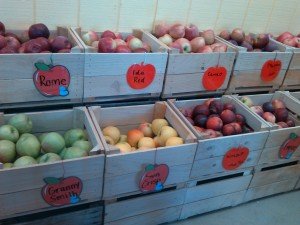
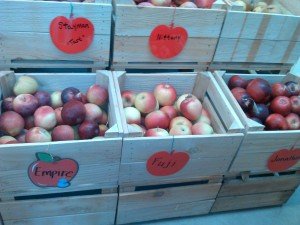
Surprisingly, this farm still has quite a few heirloom tomatoes, mostly green, along with plenty of squash and gourds, and a variety of pies in addition to the other produce, local grass-fed cows’ milk and ice cream, and the other things shown in the photos.
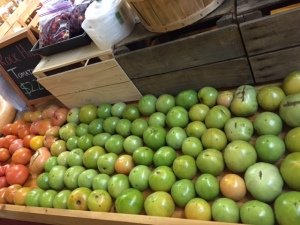
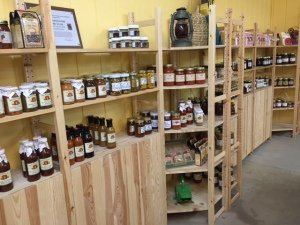
Just so you know, I do fail every so often with my recipe experiments. For example, with my wonderful haul of mixed apples, I tried making a bread or cake without eggs (because I ran out). I cooked the apples into a sauce and used plenty of good ingredients like oats, buttermilk, brown sugar, and vanilla. I turned out a loaf of bread that smelled great, but had a somewhat gluey texture. I meant to throw it away and next thing I knew it was gone, so either the family actually ate it or someone else threw it away, but I have a feeling it was the former – they like my cooking more than I do, which is a blessing.
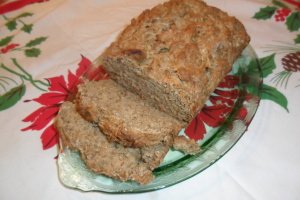
[1] “Food Arc,” by Charles Siebert, National Geographic Magazine, July 2011.
[2] Eat Here: Reclaiming Homegrown Pleasures in a Global Supermarket, Brian Halweil, W.W. Norton and Company, 2004.
[3] “Plant diversity enhances ecosystem responses to elevated CO2 and nitrogen deposition,” PB Reich, et al, Nature, 410: 809-810, April 2001.
[4] Food Fight: The Citizen’s Guide to a Food and Farm Bill, Daniel Imhoff, Watershed Media

